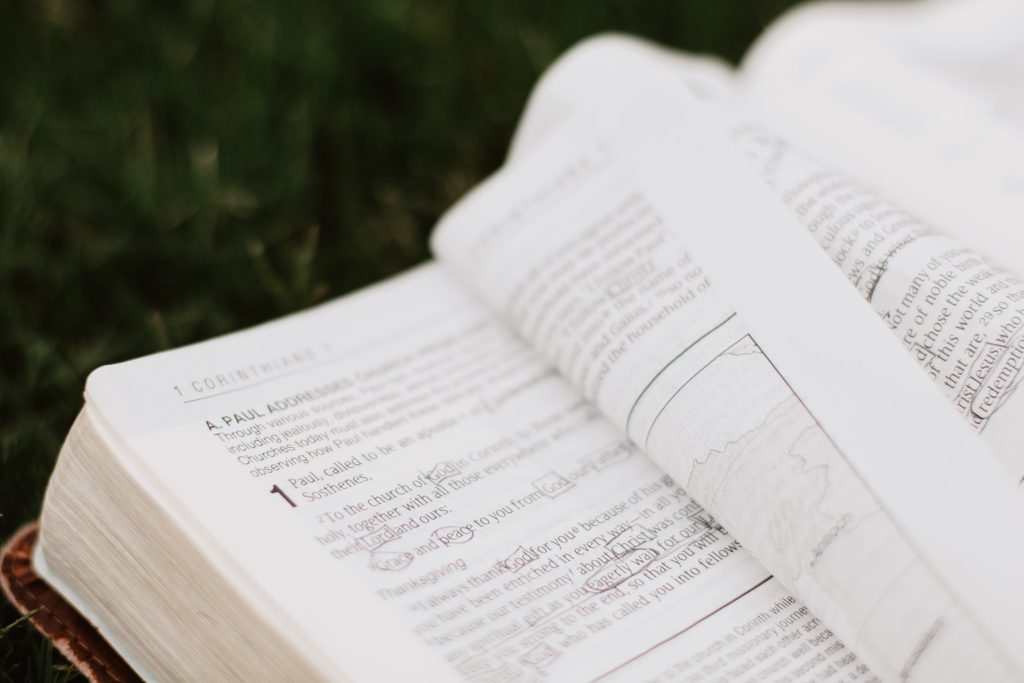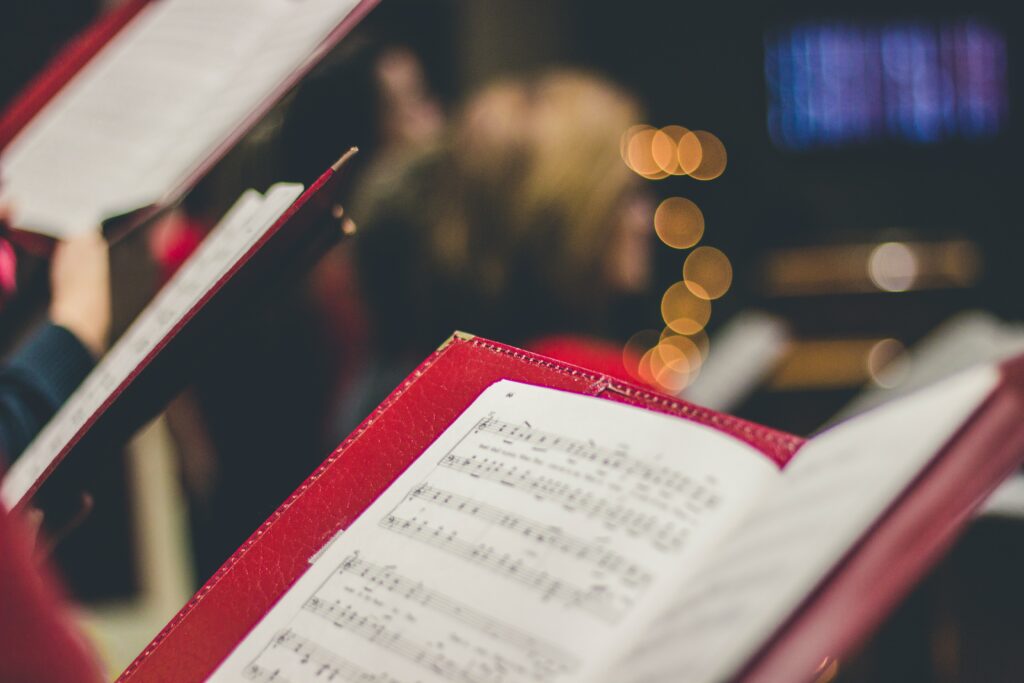
For several weeks now I’ve been working on memorizing Isaiah’s “Servant Songs.” I’ve found them difficult to memorize, for a couple of reasons. First, I’m aging, and everything is getting more difficult to memorize. I’ve heard that the brain is more like a muscle than a bucket, and that the more you use it, the stronger it gets. I hope that’s true; if it is, then the difficulty I’m having would be even worse if I weren’t actively exercising my memory muscles.
The second reason this has been difficult is specific to the passages. They’re a set of four, by the same author, in the same prophetic book, and there’s a lot of parallel phrasing in there. (Compare, for example, Isaiah 42.6 and 49.8, and 42.7 and 49.9.) It’s taken some time to get the passages into my head so that my brain knows which specific phrasing goes with which context.
But there are benefits to all that recitation and repetition.
First, as with any memorization, you notice details you didn’t notice before—where the “wills” are as opposed to where the “shalls” are, for example, but often more significant things* such as parallel phrasings that give insight into the structure of the text and thus the mind of the author at the moment he was writing.
Further, the repetition gives you time to “think on these things.” The text makes a greater impression on your mind, and the process forces you to think more deeply about what the author is saying. You notice connections between verses (take a look, for example, at Isaiah 53, which is a chain of thoughts, one link connected to the next phrasally; I first noticed this phenomenon when I was memorizing Psalm 27). My ADHD mind is not good at meditating on things abstractly, but the process of memorization overcomes that disability quite nicely, since I have to think about the thoughts and their connections over a period of time.
A particular benefit of memorizing the Servant Songs is that, in a very real sense, they’re not written to me; they’re written to the Servant of Yahweh, God the Son, the Messiah. As a result, they give us insight into the mind of Christ that we don’t get anywhere else.
In Biblical Studies there’s a concept called “the messianic consciousness”: the idea that the man Jesus didn’t fully understand his divine identity from infancy, but that it developed in his mind as he matured. The Bible does teach that “Jesus increased in wisdom and stature, and in favor with God and man” (Lk 2.52). Exactly what that looked like is of course a mystery to us—how can the omniscient God increase in wisdom? how can God the Son increase in favor with God? But it says he did. And we presume that he didn’t speak fluent Hebrew when he was a week old or dissertate on the hypostatic union when he was three—though he did astonish the rabbis when he was twelve, and at that age he clearly knew that God was his Father in a way that Joseph wasn’t (Lk 2.46-49).
This concept has raised in my mind visual images of the boy Jesus listening to the Scripture in the synagogue. (His family almost certainly did not have Tanakh scrolls that he could read at home.) At some point along the way, when he heard the Servant Songs read, he realized, “That’s me! That’s talking about me!” Did this realization hit him suddenly, like the proverbial Mack truck, or did the light of understanding rise slowly in his mind, like dawn on the eastern horizon?
I don’t know. But at some point these songs became his. Did he memorize them? Did he pray them to his Father over those long nights alone on a hillside? Did he contemplate them during walks near Nazareth, among lilies and sparrows and brilliantly ornamented wildflowers? Did he come to find meaning in the idea that “this is my Father’s world” that goes well beyond anything that we can say of ourselves?
I’d like to take a few posts, maybe more than usual, to meditate on these songs as a vehicle to seeing Christ the Servant in a richer and rounder light.
* My apologies to our British cousins, who think the difference between “will” and “shall” is meaningful, and who make a practice of using the two words correctly. I can never remember the difference.
Photo by Mick Haupt on Unsplash
Song 1, Part 1 | Song 1, Part 2 | Song 2, Part 1 | Song 2, Part 2 | Song 2, Part 3 | Song 3 | Song 4, Part 1 | Song 4, Part 2 | Song 4, Part 3 | Song 4, Part 4 | Song 4, Part 5




